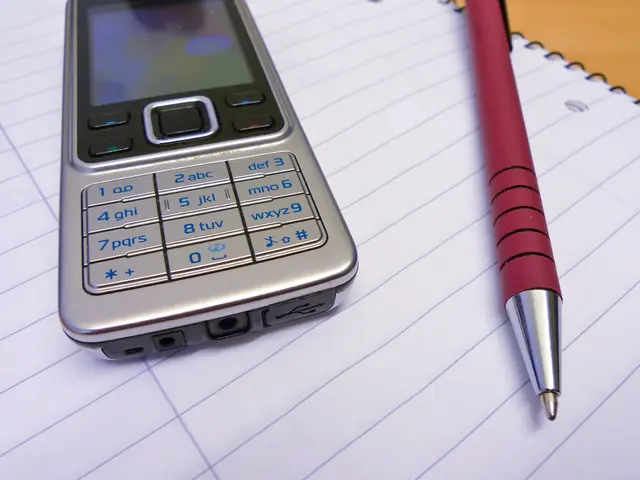Rockin' Read-Alouds: A Guide for Parents
Twelve Strategies for Instructing Children on Reading Skills
Learning to read is a significant milestone in a child's life, and it doesn't just magically happen. The way you guide your little one during this critical period determines their ability to read. However, teaching reading to children can feel a bit tricky, as each child is unique, and what works for one might not work for another. But don't sweat it! Here are 12 awesomely cool tips to help you teach your kid to read and make the process fun for both of you. So, let's get started!
Teaching Tactics for the Win
Children usually pick up reading between the ages of 4 and 6. During this time, some parents hunt for quick fixes and shortcuts to help their child read at home. Here are 12 tips that will help you teach your kid to read at home with confidence and a whole lot of enjoyment!
1. Start with Phonics
Phonics is the foundation for understanding languages. Engage your child in playful games to help them grasp the relationship between letters and their sounds. Sing the alphabet song together and help them string phonic sounds to make simple words.
2. Familiarize with Books
When children first encounter books, they usually stick to pages with vibrant images. Help them understand the concept of starting from the first page and moving to the last by slowly introducing the idea of reading from left to right. Discussing the story and characters in the book also helps them remember details.
3. Start Small
Toddlers usually have a limited attention span, so don't expect them to sit through stacks of books quietly. Begin by reading short and engaging stories that grab your child's attention.
4. Read Aloud
Reading to your child from an early age is excellent for developing a love for reading. Start by reading books with bright pictures to infants and gradually increase the difficulty level as they grow. Reading aloud improves their vocabulary and helps them form words.
5. Add the Drama
When you read to children, make the story come alive. Use different voices and expressions to help them imagine the story more vividly.
6. Learn on the Go
Don't confine learning to books. Instead, teach your child to spell and read words from everyday objects. This helps them identify letters, numbers, and captions everywhere they go.
7. Discover Fun Learning Methods
Children learn best when the learning process is enjoyable! Use toys like Play-Dough, sand, or magnetic letters to teach your child the alphabet. You can also play simple games like Bingo to help them recognize sight words.
8. Give Life to Letters
Make letters come to life by creating simple puppets for each letter. This technique is especially effective for young children and helps them develop a pleasant association with reading.
9. Be a Good Role Model
Children learn by observing adults. Show your love for reading by reading books yourself. Children learn that reading is an essential part of their daily routine, and they're more likely to develop a habit of reading as well.
10. Get Those Apps
While limiting screen time is essential, some educational apps can be immensely helpful in teaching children to read. Use apps that feature favorite cartoon characters to make learning more engaging and interactive.
11. Teach Sight Words
Sight words are common words that children should learn to recognize instantly, such as the, and, you, and was. Create flashcards or games to help your child memorize these words more easily.
12. Build a Print-Rich Environment
Surround your child with plenty of written words in their everyday life. Keep a variety of books, magazines, and storybooks within easy reach. Label everyday objects around the house with their names to help children connect words to objects.
Learning to read is a gradual process that requires consistent exposure to language, phonics, vocabulary, and comprehension. With patience and a playful approach, your child will be reading fluently in no time!
Incorporating the concepts of 'lifestyle' and 'home-and-garden' into a child's learning environment can make the process of reading more engaging. Surround your child with educational materials like books, magazines, and labeled objects around the house to create a print-rich environment (home-and-garden). Additionally, expanding your child's 'education-and-self-development' by utilizing educational apps and learning games can supplement traditional reading methods (education-and-self-development).








